For decades, human-led innovation models, like the beloved Double Diamond, have been the backbone of how companies brought new ideas to life. They’ve helped teams map out problems, empathize with customers, and design solutions.
Today, those models are showing their cracks.
Consider this: only 1 in 10 innovation projects come to life, according to Viima. According to Clayton Christensen, a Harvard Business School professor, approximately 95% of new products introduced each year fail.
That’s not just a sheer stat. It’s billions down the drain not just on failure — consider brainstorming, customer interviews, and design workshops that nine out of ten times lead nowhere. For many companies, the cost of innovation has become very daunting. So much so that they simply decide to opt-out.
As with anything we publish, though, there’s a twist. We wondered if there’s a way to make it less risky, slow, or expensive. Can a scrappy startup hope to innovate as freely as a Fortune 500 giant?
Yes, it can and it has something to do with the AI being embedded into the process. There’s a huge potential to turn the tide and make innovation faster, cheaper, and surprisingly more effective. In fact, “potential” is an understatement.
The innovation playbook is already changing.
Here’s what’s driving the shift, how it works, and practical, nitty-gritty advice to nudge AI into the mix.
Are Humans Alone Enough for Innovation?
For as long as we’ve been tackling problems — big or small — humans have carried the weight alone. We observe, empathize, and strategize, all while juggling the constraints of time, energy, life–problems, and attention.
Take something as mundane as planning a family trip. It starts with (1) defining the problem: balancing everyone’s preferences, schedules, and budgets.
Then comes (2) the research — dozens of tabs open, pouring over flight options, accommodations, and attractions. You (3) generate hypotheses: “Maybe a beach resort will keep everyone happy.” But when costs hit you or the location lacks kid-friendly activities, you’re back to square one. The process is exhausting, repetitive, and often riddled with biases (how many times do you stick to the first Google result just to save time?).
Now imagine a nudge from AI. You feed it with your family’s preferences, explain optimal travel packages, and even suggest itineraries aligned with your budget. Say you’re traveling often so you go beyond the surface level and train it to know exactly what you need. You’d soon be deciding between solid options that already took important things into account.
If AI can make planning a vacation smoother, what could it do for innovation? What if you could instantly generate and validate hypotheses about customer needs? Or explore dozens of potential solutions with AI’s speed and precision?
The question isn’t whether humans can innovate alone — we’ve proven we can. The question is:
Why should we still do it alone?
Traditional Innovation Models vs. the Stingray Model
For decades, companies have relied on structured frameworks like Double Diamond and Design Thinking to solve problems and create value. They still are.
These models provide a clear roadmap: define the problem, ideate solutions, refine, and implement. In theory, they’re logical and effective. In practice? They’re slow. Let’s take the Double Diamond model as an example.
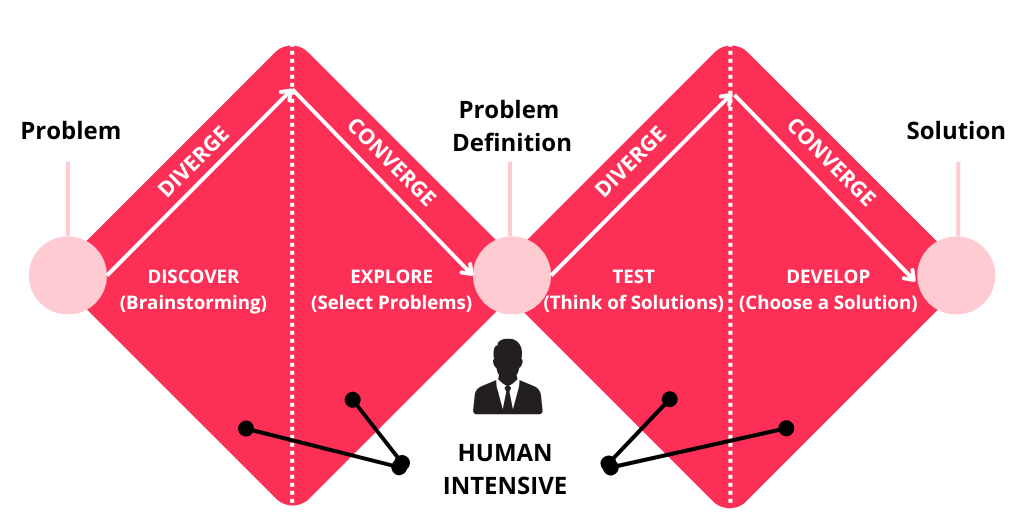
The process begins with “divergence” — teams explore a wide range of problems through empathy research, interviews, and brainstorming. Once a problem is identified, they move to “convergence,” narrowing down to specific solutions. The second diamond repeats the same pattern: ideating broadly, then narrowing to a chosen solution. It’s a disciplined approach that encourages creativity and clarity — but also eats up time, money, and energy.
Consider a corporate scenario: a product team at a tech company spends weeks interviewing customers to identify pain points. They conduct dozens of workshops and create multiple prototypes. After months of effort, they realize the solution they’ve designed isn’t technologically feasible or cost-effective. Time wasted. Resources drained. This is the Achilles’ heel of these models:
Empathy and ideation can’t save you if feasibility and viability aren’t addressed early on.
Design Thinking faces similar challenges.
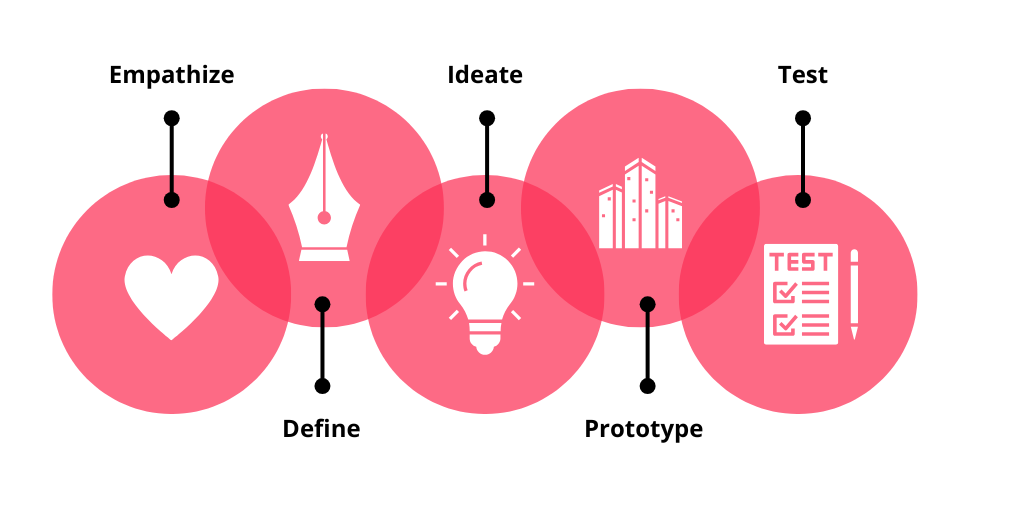
While it champions user-centricity, its reliance on iterative workshops and deep customer empathy often overlooks critical constraints like budget and technical feasibility. For many companies, it’s become a box to check — a series of sticky notes and canvases with no guarantee of ROI.
Enter the Stingray Model
A framework built not to replace humans, but to enhance them with AI precision. Where traditional models are linear and human-centric, the Stingray Model is adaptive, fast, and powered by generative AI.
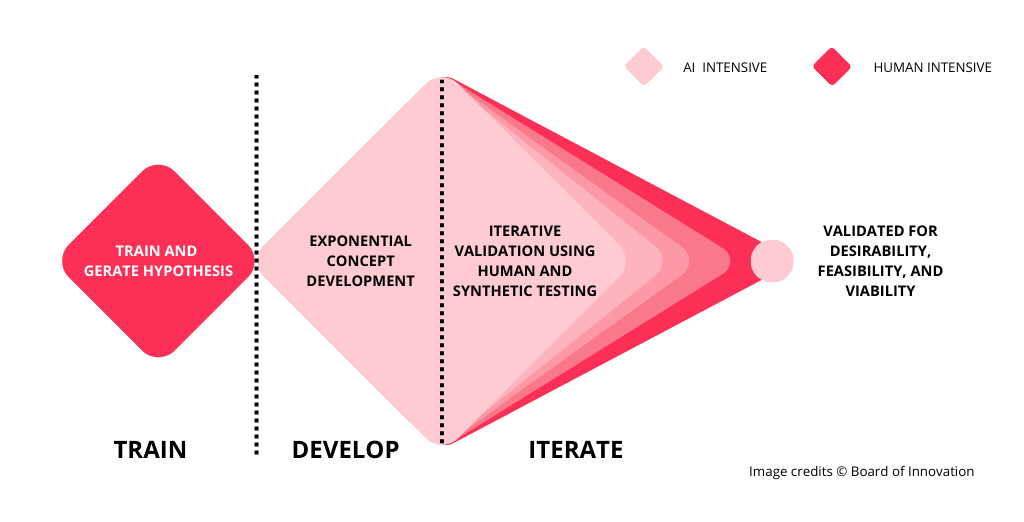
Championed by the Board of Innovation, the Stingray Model flips the script. It doesn’t rely on weeks of human brainstorming to identify problems or solutions. Instead, it uses AI to analyze data, generate hypotheses, and test feasibility — sooner rather than later.
The goal? To reduce risk, cut costs, and deliver validated solutions earlier in the process.
Let’s break it down:
- Human-Led Models: Empathy research is central. Teams spend months trying to uncover insights.
- Stingray Model: AI synthesizes vast amounts of consumer data in hours, highlighting patterns and opportunities humans might miss.
How Does a Stingray Model Operate?
The Stingray Model operates in three phases:
- Train: Setting goals and gathering intelligence. AI helps teams synthesize insights from vast datasets, providing a clear starting point.
- Develop: Simultaneously exploring problems and solutions. AI generates and categorizes ideas, creating a broad yet focused set of options.
- Iterate: Rapidly testing and refining solutions. AI runs simulations, conducts synthetic testing, and even evaluates real-world feasibility.
Imagine this in action: A global consumer packaged goods company needs to launch a sustainable product line. Instead of weeks of interviews, AI helps to identify key customer pain points, generates solution concepts, and models production feasibility — all in days. By the time human teams step in intensively, they’re working with actionable insights.
The difference is clear: while traditional models ask, “What problems should we solve?” the Stingray Model says, “Here are the best problems and the smartest ways to solve them.”
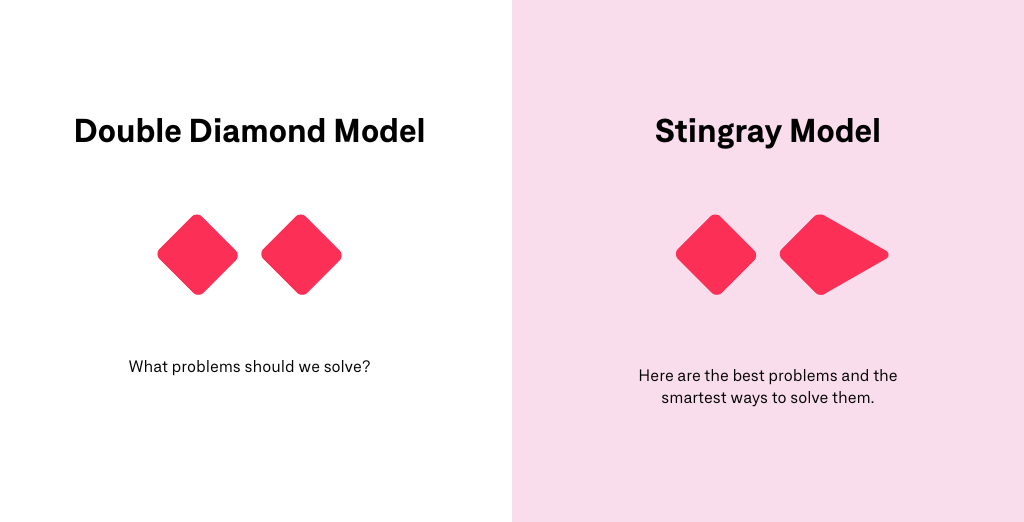
Let’s dive deeper into how it works.
Phases of the Stingray Model (and How AI Enhances Each)
By weaving AI into the process, Stingray model turns what used to be months of uncertainty into a streamlined, three-step system. Let’s break down its key phases and see how AI fills the gaps.
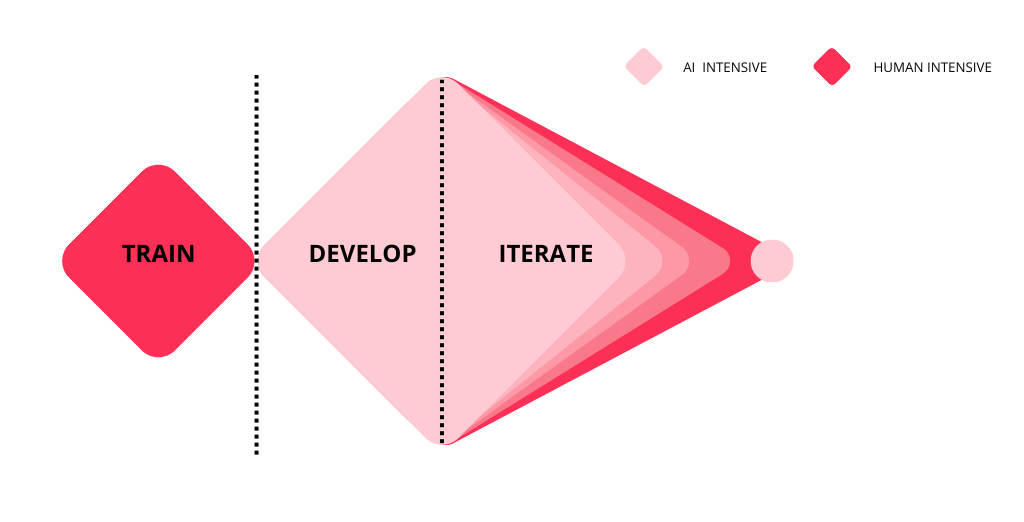
Phase 1: Train – Setting Goals and Gathering Intelligence
In the Training phase, teams leverage AI to set clear, data-backed goals. This starts with centralizing all relevant information. Teams pull in customer feedback from support tickets, survey responses, and app reviews. They combine this with market data, like industry trends and competitor analysis, and store and organize the data.
AI tools, like GPT-based models or custom-trained NLP systems, come into play by analyzing this massive influx of data.
For example, they can process thousands of customer survey responses and categorize them into actionable themes. These insights are no longer buried in unstructured text — they’re presented as clear trends, ranked by frequency and importance.
Once the data is structured, AI models help teams uncover patterns that might otherwise go unnoticed. For example, an AI tool might analyze competitor features alongside customer feedback to suggest hypotheses such as, “Customers are leaving because they value feature X, which is missing in our product.”
AI also plays a critical role in prioritizing objectives. For example, teams can ask the AI to rank hypotheses based on business impact, customer value, and the cost of implementation. Instead of relying on intuition or endless debates, teams use data to make confident decisions about where to focus their efforts.
Phase 2: Develop – Exploring Problems and Solutions
The development phase is where teams move beyond defining problems to simultaneously exploring a wide range of solutions.
Traditionally, this step involves brainstorming sessions, ideation workshops, and concept development. AI transforms this phase by enabling exponential exploration and validation of ideas in ways humans alone simply can’t achieve.
Instead of generating a handful of ideas, Generative AI can produce hundreds of potential solutions in a matter of minutes.
For example, if a team is working on a new feature for a SaaS platform, AI can suggest dozens of feature concepts, each categorized by customer needs, technical feasibility, or market differentiation. Teams can then sort through these suggestions to identify clusters of ideas that are promising and aligned with their goals.
One of the key advantages of AI in this phase is its ability to account for real-world constraints right from the start. For instance, AI can run simulations or feasibility checks to filter out ideas that are too costly, impractical, or misaligned with user expectations.
Incorporating AI into this stage also enables teams to prioritize solutions more effectively.
Phase 3: Iterate – Validating and Refining Solutions
This is where potential solutions are put to the test, refined, and ultimately narrowed down to the most promising options.
Traditionally, this phase involves time-intensive prototyping, user testing, and repeated cycles of feedback and adjustments. AI improves this process by enabling teams to validate and refine solutions with precision and speed.
AI-powered tools help teams simulate real-world scenarios, test concepts virtually, and gather actionable feedback.
For example, AI can conduct synthetic testing — a process where machine learning models predict user behavior and outcomes based on simulated interactions with a prototype. This allows teams to quickly identify potential bottlenecks or failures without building a full-scale prototype.
Generative AI also enhances user testing by automating interviews and synthesizing feedback. For instance, AI chatbots can conduct autonomous interviews with users, gather qualitative insights, and even generate reports that highlight recurring themes.
In addition, AI can evaluate feasibility and viability simultaneously. Tools like multi-agent AI systems analyze factors such as manufacturing constraints, supply chain impacts, or cost-effectiveness. For example, if a team is working on a new product concept, AI can simulate production costs, forecast potential market demand, and even suggest modifications to improve profitability or sustainability.
What sets AI apart is its ability to handle complex, multi-variable analysis at scale. Instead of relying on manual iteration cycles, teams can conduct parallel experiments, test multiple variables simultaneously, and refine their solutions faster.
High-Level, Advanced Prompts for All Phases
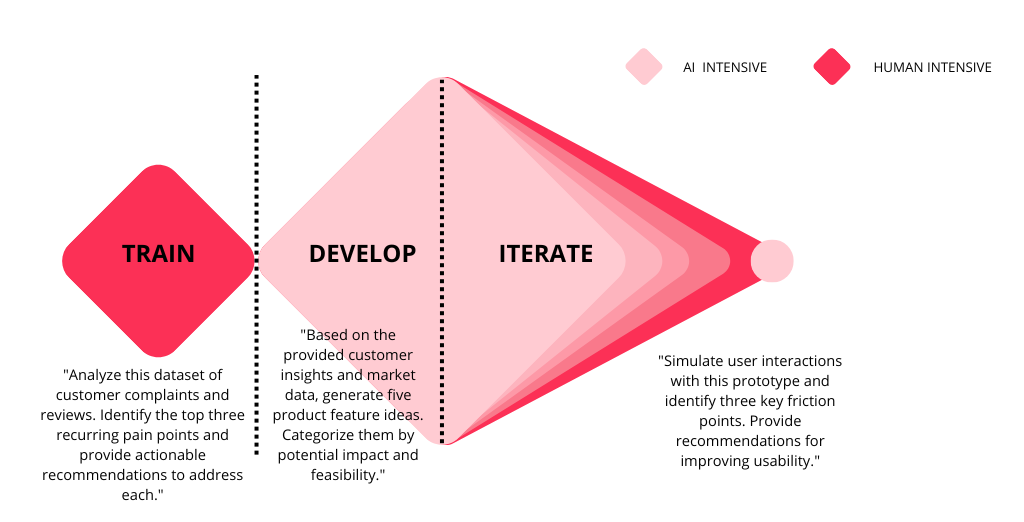
Crafting effective AI prompts is a powerful way to boost innovation, but it’s more than just asking the right questions. The quality of your data, the context of your objectives, and the collaboration between humans and AI all play a crucial role. AI works best as a co-pilot, not as a magic button.
The right tools and workflows are just as important — fine-tuned GPT models, data visualization platforms, and domain-specific systems all need to be aligned before you ask any of these questions below. With this foundation in mind, here are high-impact prompts you can use as guiding lights to build upon with the level of detail required. Let’s dive in.
#1 Prompt Examples for the Train Phase
- Analyzing Customer Complaints: “Analyze this dataset of customer complaints and reviews. Identify the top three recurring pain points and provide actionable recommendations to address each.”
- Identifying Market Opportunities: “Using the provided market trends and competitor analysis, highlight two emerging opportunities for product innovation. Suggest how we can leverage these to gain a competitive edge.”
- Synthesizing Multi-Source Data: “Combine data from survey responses, user activity logs, and support tickets. Summarize the top three insights and link them to potential innovation strategies.”
- Evaluating Customer Segments: “Evaluate these customer personas based on the provided data. Suggest tailored product opportunities for the two highest-value segments.”
- Understanding User Churn: “Analyze this churn data to identify the most common reasons for user dropout. Recommend one high-impact feature to address this issue.”
#2 Prompt Ideas for the Develop Phase
- Generating Innovative Concepts: “Based on the provided customer insights and market data, generate five product feature ideas. Categorize them by potential impact and feasibility.”
- Clustering Solution Ideas: “Organize this list of AI-generated ideas into three clear categories of solutions. Ensure each category is distinct and collectively addresses the identified pain points.”
- Creating Visual Prototypes: “Generate wireframe sketches for these top two product ideas. Focus on improving user experience for first-time users.”
- Prioritizing Ideas for Feasibility: “Assess these five potential solutions against technical feasibility and projected costs. Rank them from most viable to least viable, and provide reasoning.”
- Exploring Unconventional Solutions: “Suggest three innovative solutions outside of typical industry norms to address this user need. Focus on ideas that are bold but practical.”
#3 Prompt Ideas for the Iterate Phase
- Validating Prototype Usability: “Simulate user interactions with this prototype and identify three key friction points. Provide recommendations for improving usability.”
- Conducting Synthetic Testing: “Predict how this product feature will perform in real-world scenarios based on current market trends and user behavior data. Highlight potential risks.”
- Gathering User Feedback: “Analyze these autonomous interview transcripts and summarize the top three recurring themes. Suggest actionable refinements based on user feedback.”
- Optimizing Feature Design: “Evaluate this feature against user personas and suggest two design modifications to improve adoption rates across all demographics.”
- Refining Based on Market Fit: “Assess how this refined product concept aligns with current market demands. Recommend adjustments to improve fit and maximize potential ROI.”
Innovation, Evolved
Innovation is no longer about taking blind leaps or relying solely on human power. With AI as a co-pilot, the game has changed. By integrating AI into every phase—training on data, developing bold ideas, and iterating with precision— you’re setting the standard for what’s possible.
The time to embrace AI-driven innovation isn’t tomorrow. It’s today. Remember, you can always start small and simple. Play around with the prompts we’ve shared, and see how AI can be built into your innovation process.
Similar insights

Choosing the Right Tech Stack in Uncertain Times
25/11/2025
How to Pitch and Get Your Ideas Approved at Work
12/11/2025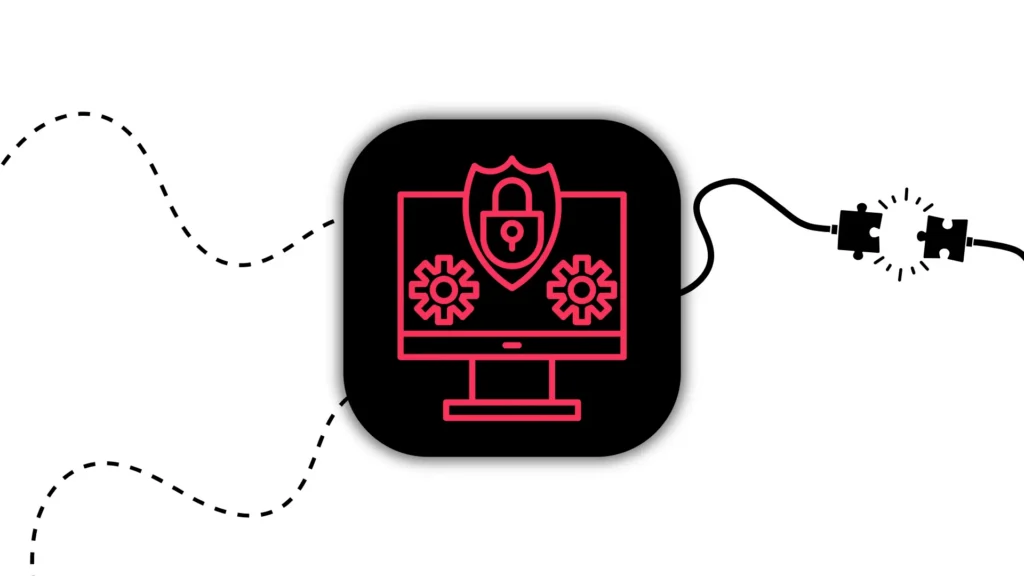
12 AI Cyberattacks That Made CEOs Very Cautious
21/10/2025
14 Books Smart Tech Leaders Are Reading This Fall
07/10/2025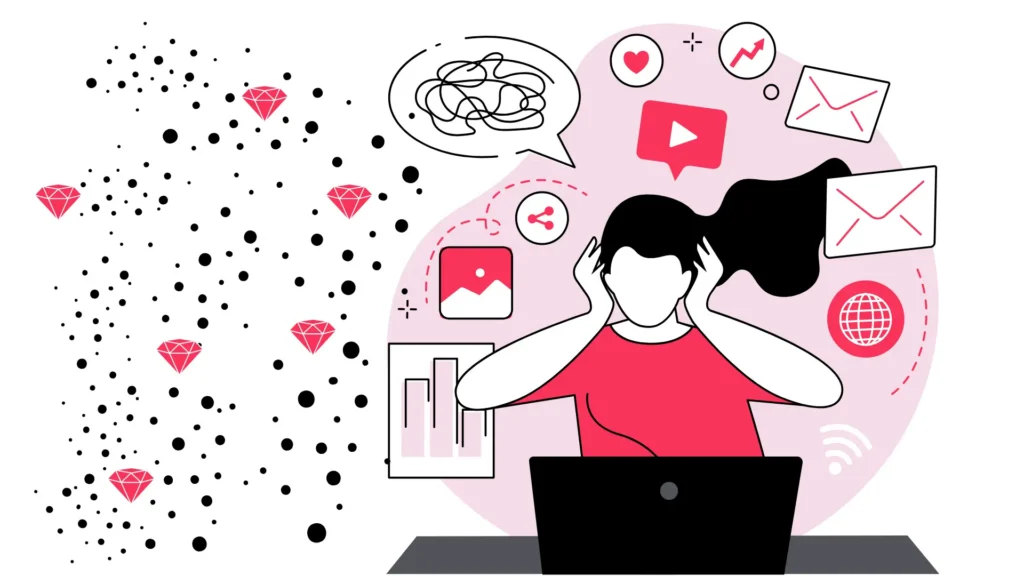
Protect Your Crown Jewels: The Heart of Your Cybersecurity
15/09/2025
How Renown Business Executives are Using AI?
12/08/2025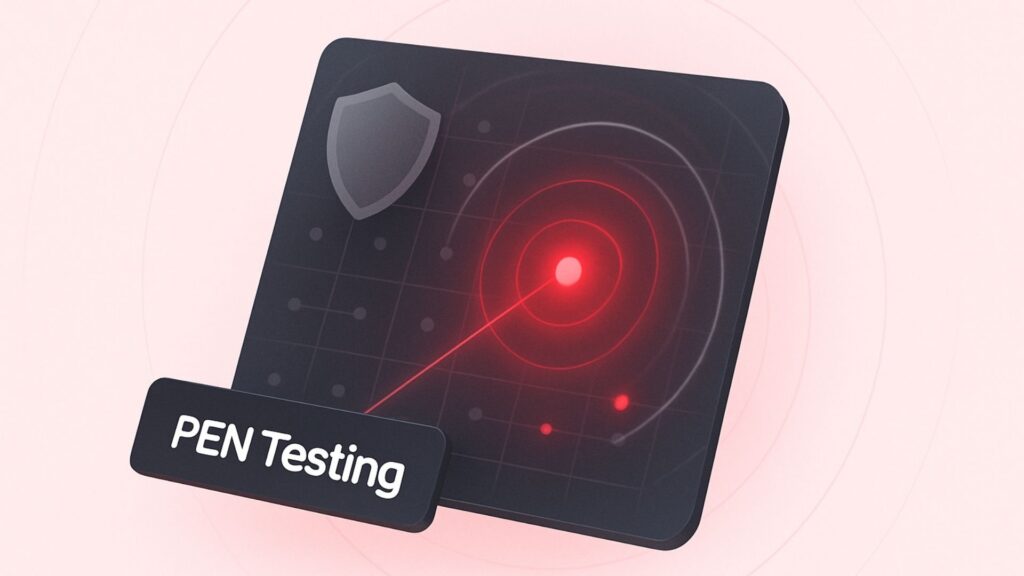
Think You’re Secure? PEN Testing Will Tell You
15/05/2025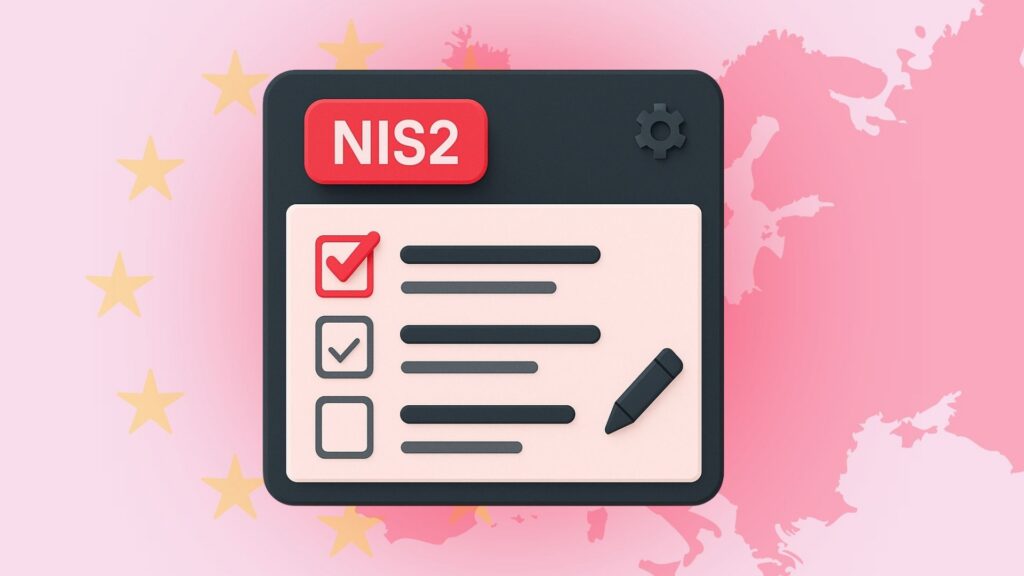
NIS2 Compliance: A Simple Guide to Get It Done Right
15/05/2025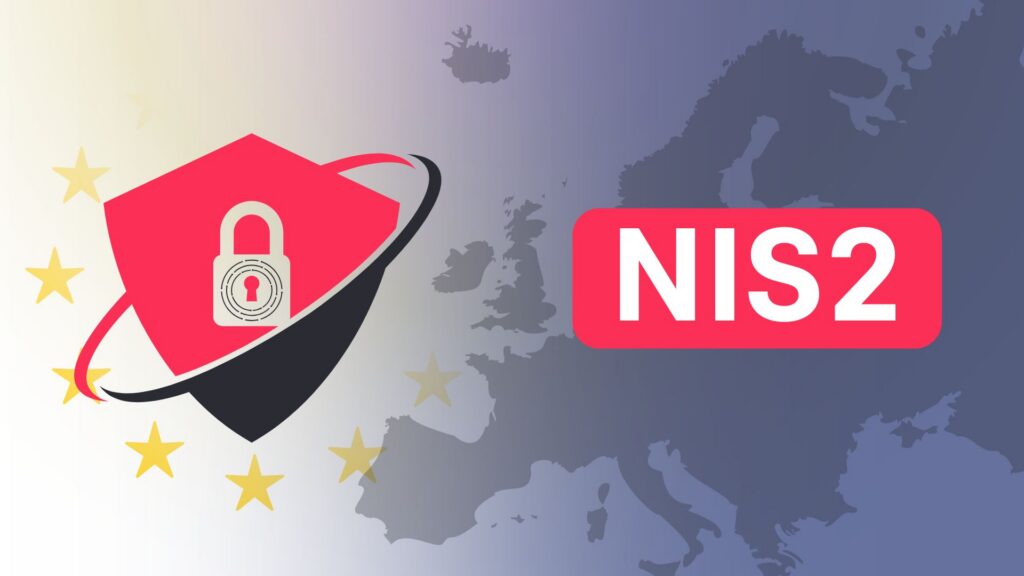
NIS2 Directive Explained: What Your Business Needs to Do Now
29/04/2025
Let the success
journey begin
Our goal is to help take your organization to new heights of success through innovative digital solutions. Let us work together to turn your dreams into reality.